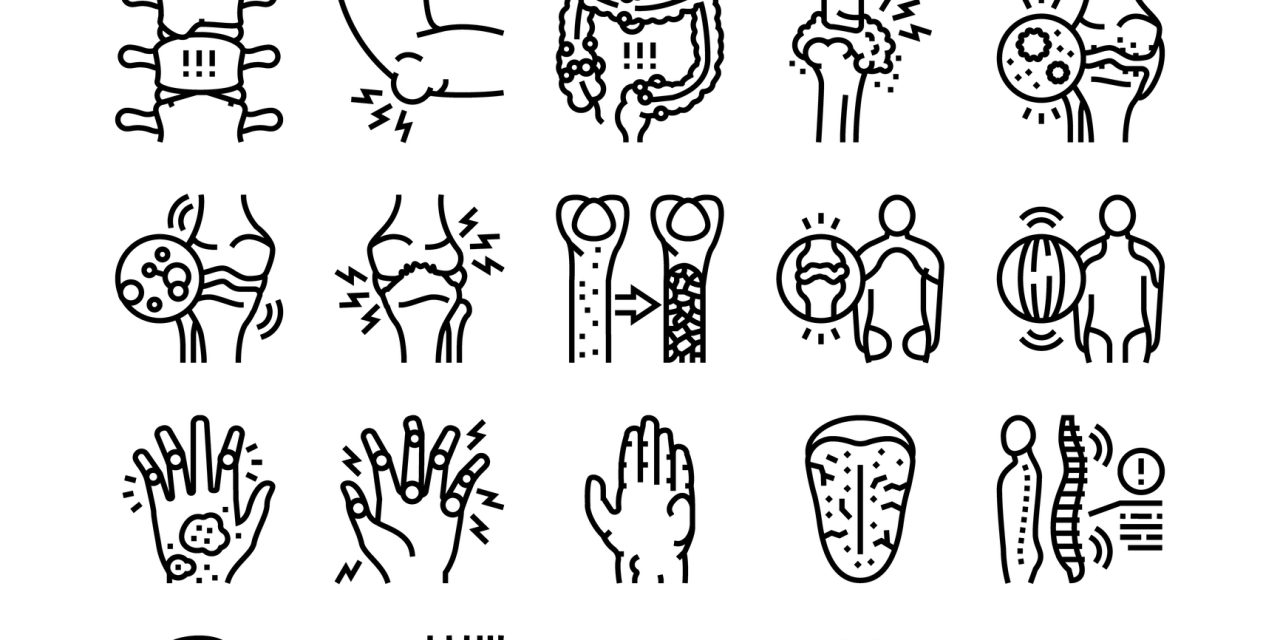Computer-assisted preoperative planning, combined with PSI has become an effective technique for treating complex limb deformities. The purpose of this study was to evaluate the efficacy and safety of the novel technique in corrective osteotomy for intra-articular varus ankle deformities associated with osteoarthritis and ankle instability.
Nineteen patients with intra-articular varus ankle arthritis were reviewed between April 2017 and June 2019, including ten men and nine women with a mean age of 58.3 ± 9.9 years (range, 38 to 76 years). All patients underwent intra-articular opening wedge osteotomy assisted by 3D virtual planning and PSI. Weight-bearing radiographs were used to assess the radiographic results, including TAS angle, TT angle, TMM angle, TC angle, TLS angle, opening-wedge angle, and wedge height. Functional outcomes were assessed by the AOFAS score, VAS score, and ROM of the ankle.
The average follow-up time was 32.2 ± 9.0 months (range, 22 to 47 months). The average union time was 4.4 ± 0.9 months (range, 3.0 to 6.5 months). The TAS angle significantly changed from 84.1 ± 4.6° preoperatively to 87.7 ± 3.1° at the 1-year follow-up and 86.2 ± 2.6° at the latest follow-up. Similarly, the TT angle, TMM angle and TC angle changed significantly at the 1-year follow-up compared with the preoperative assessment and remained stable until the last follow-up. However, the TLS was not corrected significantly. The postoperative obtained opening-wedge angle, and wedge height showed no significant change with preoperative planning. The overall complication rate was 15.8%. The mean VAS score improved from 5.3 ± 0.6 to 2.7 ± 0.7. The mean AOFAS score improved from 56.2 ± 7.6 to 80.6 ± 4.6. However, the ROM showed no significant change.
Accurate correction and satisfactory functional recovery were attained with computer-assisted planning and PSI in the corrective osteotomy of intra-articular varus ankle deformities.
© 2022. The Author(s).
Intra-articular opening wedge osteotomy for varus ankle arthritis with computer-assisted planning and patient-specific surgical guides: a retrospective case series.


